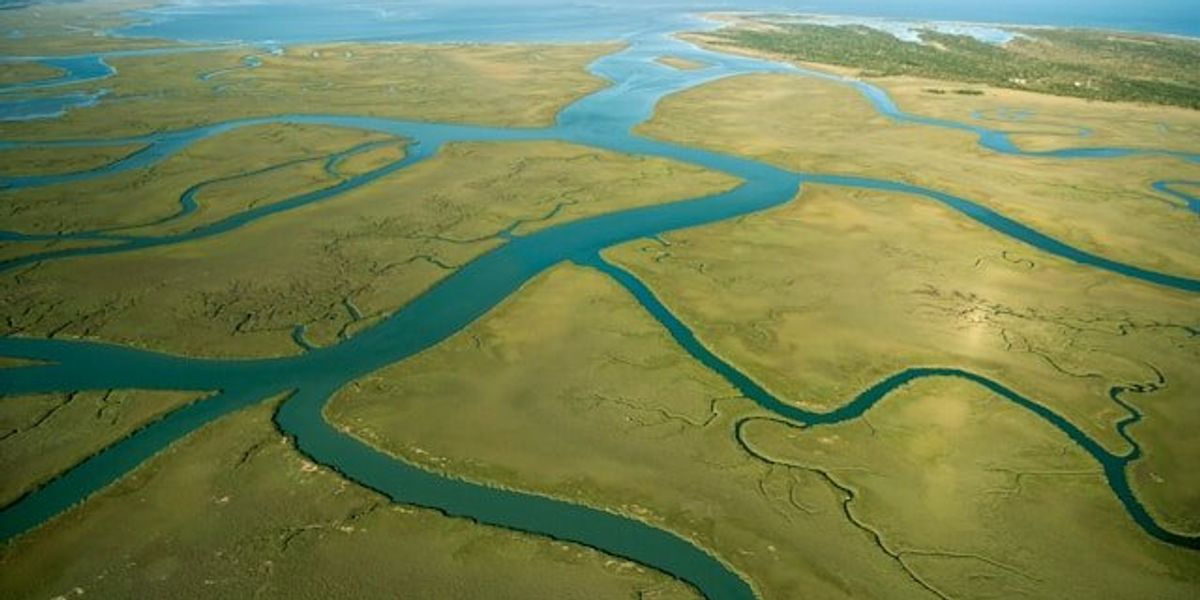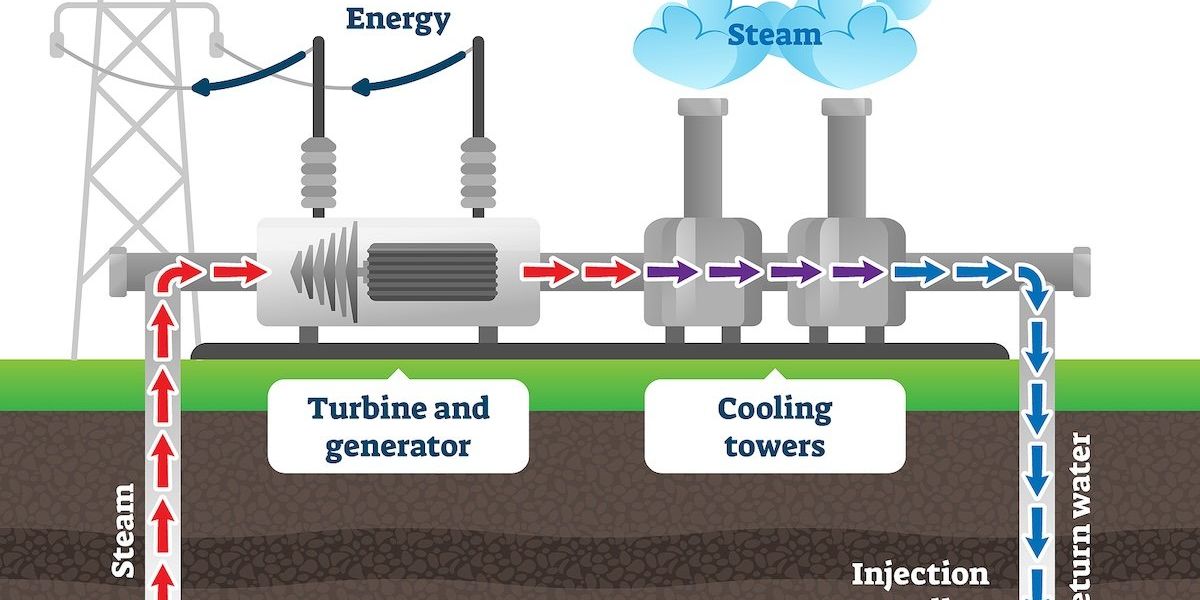
Rebuilding coastlines with nature to hold back the rising seas
Coastal cities across the U.S. are restoring marshes, dunes, reefs, and barrier islands to buffer against climate-driven sea-level rise and increasingly destructive storms.
Tammy Webber reports for The Associated Press.
In short:
- Louisiana canceled a $3 billion land restoration project after pushback from the fishing industry, but other large-scale efforts using sediment, marshes, and reefs continue across the Gulf Coast.
- On the Pacific coast, restoration of former salt ponds in the San Francisco Bay has proven to slow wave energy and storm surges while reviving habitat.
- Communities from Alabama to Alaska are turning to nature-based infrastructure like oyster reefs and breakwaters to protect against flooding and erosion.
Key quote:
“We’re realizing that ... marshes absorb wave energy, storm surge and the force of high tides.”
— Dave Halsing, executive project manager at the California State Coastal Conservancy
Why this matters:
Rising seas are already reshaping coastlines, flooding communities, and pushing saltwater into farmland, forests, and freshwater systems. With hurricanes growing more intense and tidal surges reaching farther inland, natural buffers like wetlands and reefs are being called back into service. These ecosystems once protected U.S. coasts before being paved, drained, or dredged for development. Now, decades of land loss, especially in the Gulf, are colliding with the accelerating impacts of climate change. The efforts underway aim to delay the worst outcomes, but they also show how intertwined our built environment is with ecological systems.
Read more: Scientists reevaluate coastal threats as new dangers emerge













